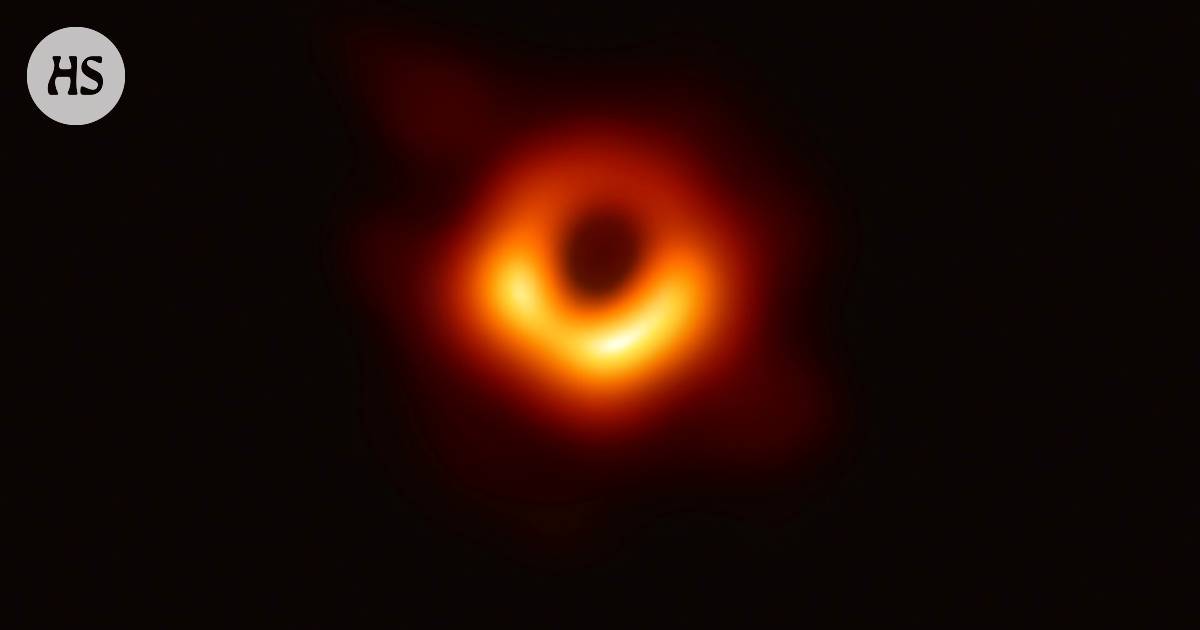Space|Modeling has been attempted since the 1970s.
Helsinki University researchers have succeeded in modeling the X-ray radiation generated by black holes, says the University of Helsinki. The radiation is generated by the university bulletin according to the combined effect of chaotic movements of magnetic fields and turbulent plasma gas.
The researchers modeled the interaction of radiation, plasma and magnetic fields with supercomputer simulations. With the help of simulations, it was found that the chaotic movements, i.e. turbulence, caused by magnetic fields heat up the local plasma and cause it to radiate.
The black ones according to the release, attempts have been made to model the radiation from the openings since the 70s. Even at that time, it was assumed that X-ray radiation would be formed by the interaction of local gas and magnetic fields.
The phenomenon is similar to the heating of the Sun’s surface due to the plasma gas bursts occurring in it. Plasma consists of electrically charged particles. For example, the aurora borealis is created by plasma flying from the Sun into space, i.e. the solar wind as a resultwhen it hits the outer parts of the Earth’s atmosphere.
“The flares in the accretion disks of black holes are like super versions of the Sun’s flares, assistant professor Joonas Nättila says in the university’s press release. Nättilä leads the computational plasma astrophysics group at the University of Helsinki.”
By simulation was able to see for the first time, according to the release, that the plasma around black holes can be in two different equilibrium states. In one, the plasma is cold and the radiation is low-energy, in the other, hot and high-energy. The condition depends on the external radiation field.
“X-ray observations of the accretion discs of black holes show exactly the same variations in the cold and hot state. The research helped us to ensure that these state fluctuations are caused by these quantum phenomena,” says Nättilä in the press release.
The research has been published in the journal Nature Communications. It is part of the EUR 2.2 million ERC StG start-up project led by Joonas Nättilä and financed by the European Science Council. According to the release, the project aims to understand the interaction of plasma and radiation.
